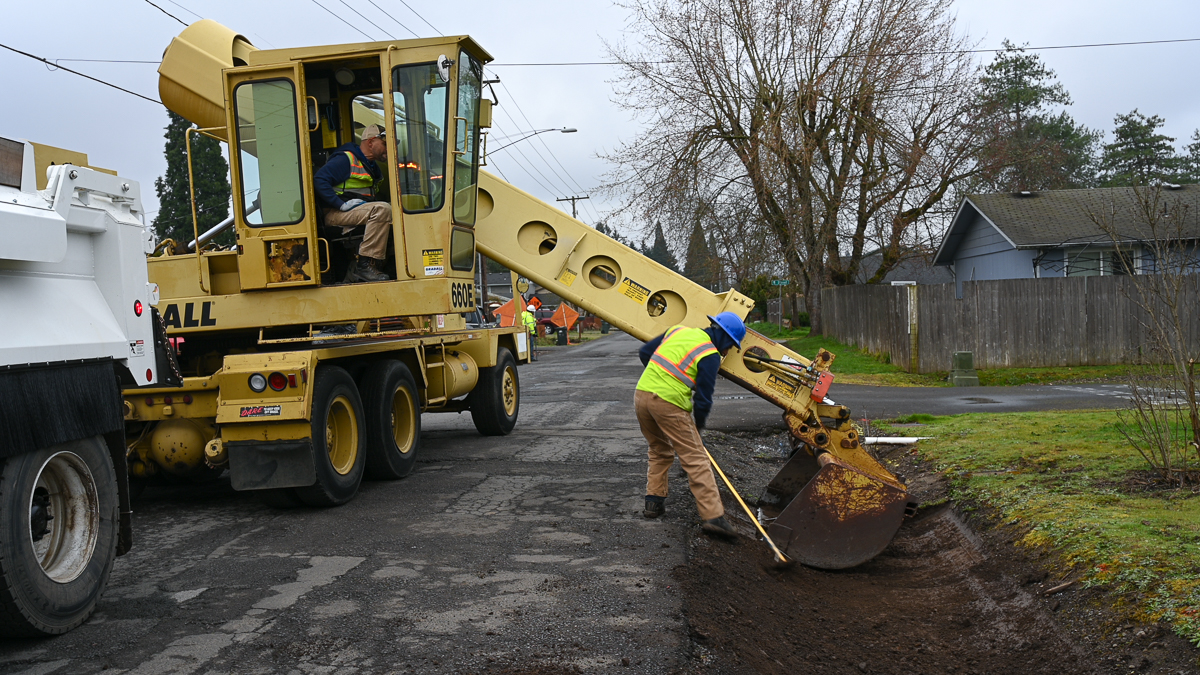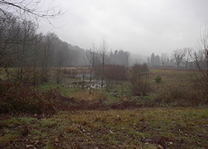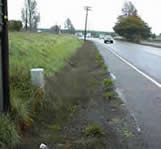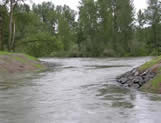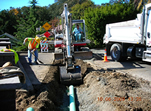Storm Drainage
Surface Drainage
The Surface Drainage program strives to balance flows of storm water with improving the cleanliness of the storm water runoff discharged to the McKenzie and Willamette Rivers. The surface drainage system includes cross country canals, roadside ditches, culverts, bridges, ponds, swales, wetlands and the Springfield Mill Race. The surface drainage system comprises the visible components of the City’s storm water system. The underground components; pipes, catch basins and water quality maintenance access hole covers are part of the subsurface drainage program.
In 1996 Springfield began requiring Subdivisions to build water quality facilities to clean storm water before it enters the storm water system. Developers built ponds and swales, and restored wetlands to filter storm water. These facilities are now prevalent in most subdivisions. The Surface drainage program works with the Environmental Services Division to ensure these facilities effectively clean storm water.
The Operations Division makes sure stormwater facilities do not flood and operate properly. These facilities are often plugged by illegal dumping of debris and yard clippings (Springfield Municipal Code 4.372 Illicit Discharge).
The activities to maintain surface drainage systems include excavating sediment build-up, removing litter and debris, controlling invasive plants and weeds, trimming trees and shrubs, mowing, bridge inspection and repairs, and cleaning culverts.
The Springfield Mill Race is a unique waterway that provides water for industrial users, and irrigation and stormwater conveyance. It was hand dug in 1852 by Elias Briggs, and in 1985 Georgia Pacific donated the Mill Race to Springfield. In 2009 the Army CORP of Engineers began an enhancement project creating a stable inlet at Clearwater park, which included removal of the Mill Dam, riparian restoration, and creation of wetland and backwater sloughs in the former Mill Pond area.
Subsurface Drainage
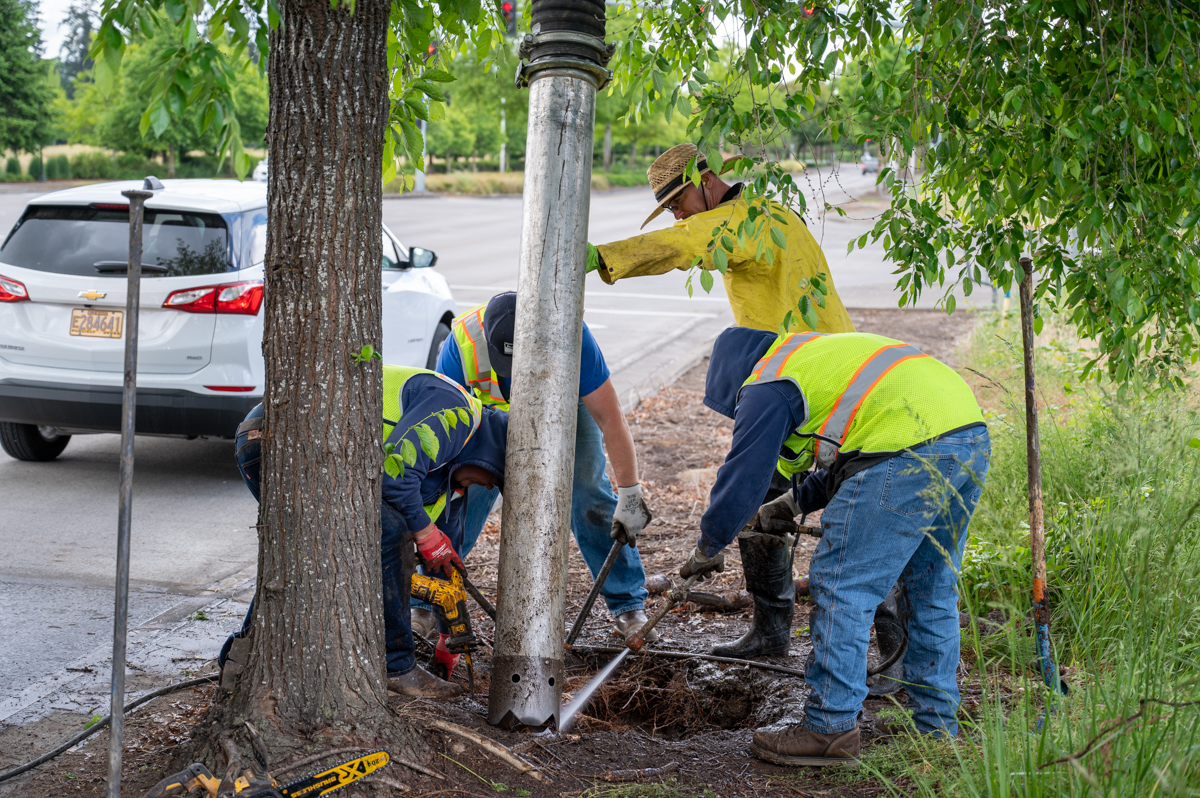 Maintaining and improving the City’s 213 miles of storm pipeline, 5294 catch basins and 3042 maintenance access holes are major functions of the Subsurface Drainage subprogram. Maintenance activities include catch basin and pipeline cleaning, root sawing and repairing maintenance access holes and pipes. This program also provides information on design, inspection and construction of new storm drains for capital improvement projects, planning, and mapping.
Maintaining and improving the City’s 213 miles of storm pipeline, 5294 catch basins and 3042 maintenance access holes are major functions of the Subsurface Drainage subprogram. Maintenance activities include catch basin and pipeline cleaning, root sawing and repairing maintenance access holes and pipes. This program also provides information on design, inspection and construction of new storm drains for capital improvement projects, planning, and mapping.
The goal of Subsurface Drainage is:
- to efficiently and effectively maintain the subsurface storm water drainage system,
- to maximize the system capacity
- to minimize the occurrence and extent of localized flooding
- to improve the quality of urban storm water runoff discharged to rivers.
The City works with a variety of volunteer groups on the Storm water Drainage Awareness Program (Fish Stenciling).
Volunteers stencil warnings “No Dumping – Drains to Streams” at catch basins around the City to help educate the public. The City of Springfield took the lead in finding a solution to a problem that faced all municipalities regarding the disposition of vactor waste material removed from the subsurface drainage system. In a combined effort of the City of Springfield, City of Eugene and Lane County, a storm water waste facility was built. Each agency disposes of their catch basin debris at this facility until well-drained. The dried material is then hauled off to the county landfill.
To report spills, illegal dumping, and other serious problems, contact the City of Springfield’s Water Pollution Reporting Hotline at 541-726-3694 or submit a report here.
Questions? Email us at dpw@springfield-or.gov
For more information, call: 541-726-3761

